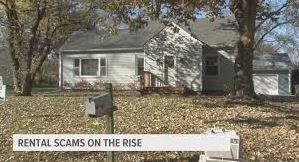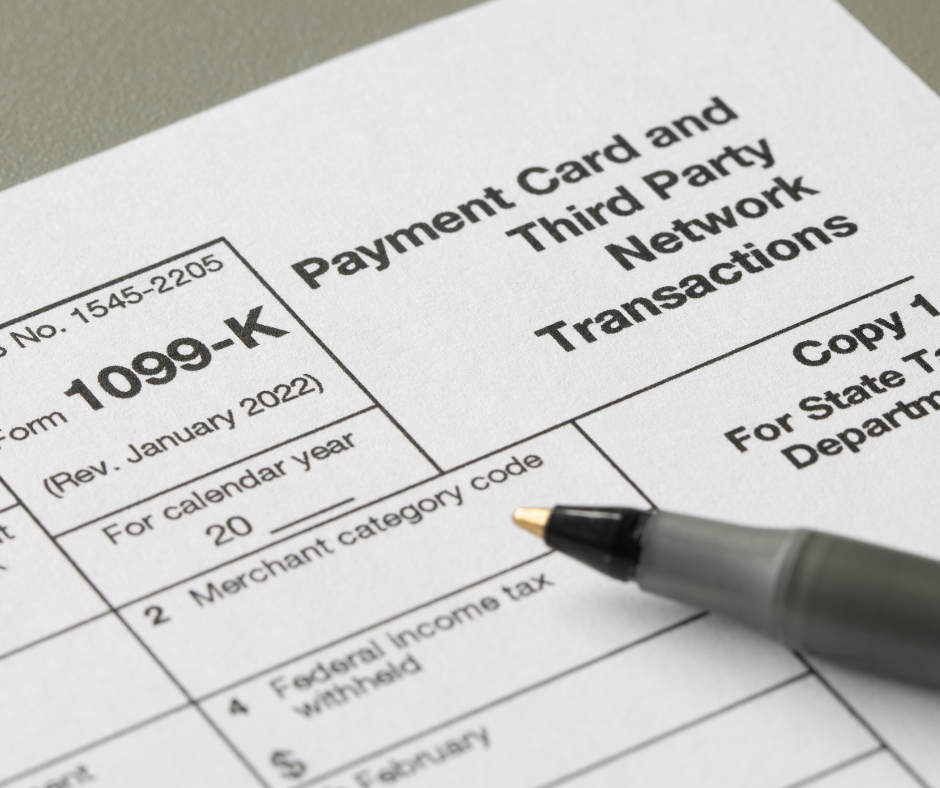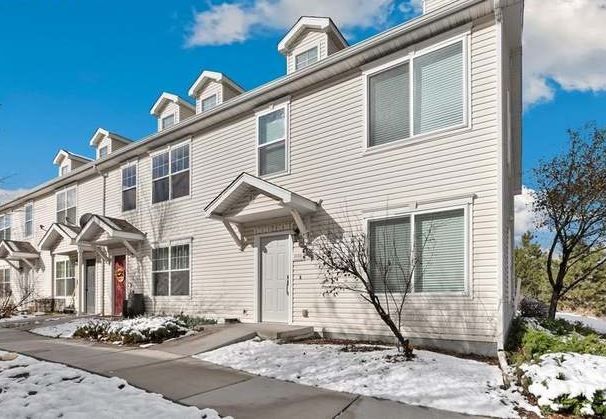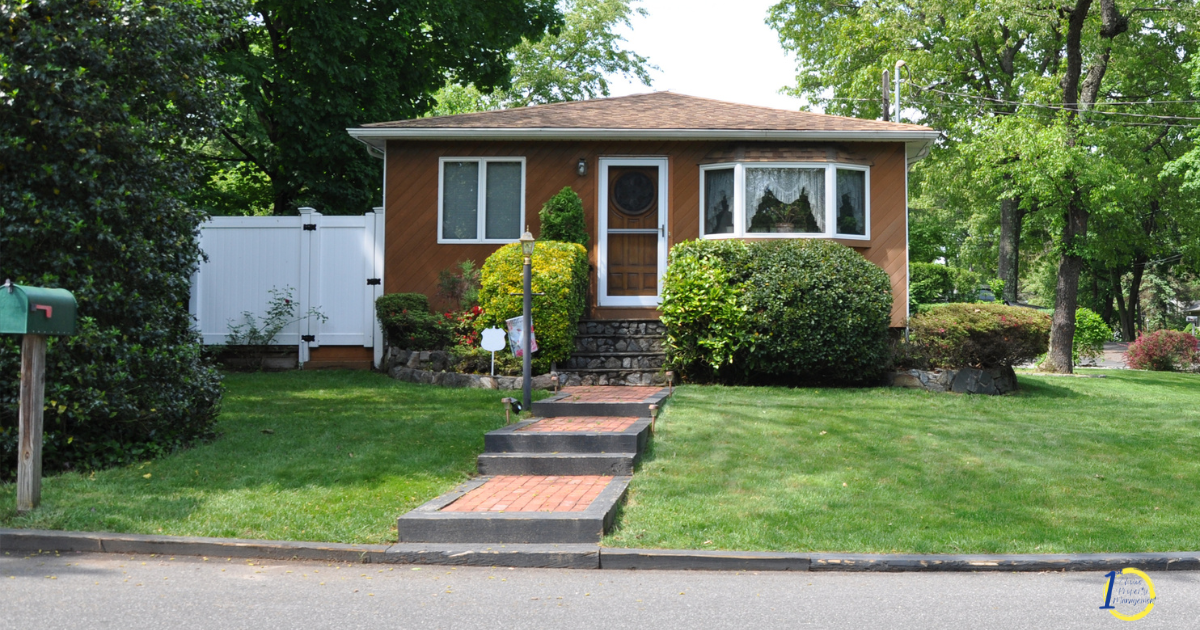Top 5 Rental Property Investment Tips: How to Spot a Good (or Bad) Investment

Investing in rental properties can be one of the most rewarding ways to build long-term wealth. However, not every property is a good investment, and recognizing the difference between a smart purchase and a costly mistake is essential for landlords at every level. Whether you’re new to investing or looking to expand your portfolio, here are the top five rental property investment tips to keep in mind — plus how to recognize red flags before you buy.
1. Location, Location, Location
The old saying holds true: the most important factor in real estate is location. A good rental property is in a desirable area where demand for housing remains steady. Look for neighborhoods with strong employment opportunities, access to good schools, low crime rates, and amenities like parks, shopping, and public transportation.
Red Flag:
If a property is located in a declining neighborhood with high vacancy rates, poor infrastructure, and limited access to jobs, it’s a sign that rental income might be unreliable — and appreciation even less likely.
2. Know the Numbers
A smart investor runs the numbers before falling in love with a property. Calculate the potential return on investment (ROI), taking into account purchase price, property taxes, insurance, maintenance costs, and vacancy rates. The 1% rule (monthly rent should be at least 1% of the purchase price) can be a helpful benchmark, though market conditions vary.
Red Flag:
If the math doesn’t work — meaning your expenses are likely to outweigh your income, or the profit margins are razor-thin — walk away. Wishful thinking won't turn a bad deal into a good one.
3. Physical Condition of the Property
A thorough property inspection is non-negotiable. Cosmetic repairs like paint or flooring are manageable, but major structural issues like foundation cracks, outdated plumbing, roofing problems, or electrical hazards can cost tens of thousands of dollars to fix.
Red Flag:
Properties with signs of significant deferred maintenance — such as mold, water damage, roof leaks, or outdated systems — can turn a seemingly inexpensive property into a financial sinkhole.
4. Tenant Appeal and Property Type
Focus on properties that appeal to the widest range of renters. Single-family homes, townhomes, and small multifamily units in family-friendly neighborhoods are often excellent choices. Features like off-street parking, outdoor space, and updated kitchens and bathrooms can significantly boost rental desirability.
Red Flag:
Unique or overly customized properties (think strange layouts, unfinished additions, or highly specialized features) are often harder to rent and can leave landlords with extended vacancies.
5. Understand Local Laws and Regulations
Different cities and states have different landlord-tenant laws, zoning ordinances, and rental licensing requirements. High regulatory burdens, rent control restrictions, or short-term rental bans can affect your potential profitability.
Red Flag:
If a property is located in an area with strict rent control, complex eviction procedures, or costly licensing requirements, it may not be worth the headache — especially for newer investors.
Final Thoughts: Trust the Red Flags
While no property is 100% perfect, paying attention to the red flags can save you from serious regret. A good rental property should offer strong tenant demand, favorable numbers, manageable maintenance, and compliance with local laws.
On the flip side, here are three items that should instantly tell a landlord to walk away:
- Major unpermitted work that will require extensive correction
- Poor rental history (frequent evictions, long vacancies, or extremely low rents)
- Severe structural issues like a compromised foundation or significant pest infestation
Successful real estate investing isn’t about finding the "perfect" property — it’s about finding the right property and avoiding the obvious mistakes. Stay informed, stay patient, and always perform thorough due diligence before signing on the dotted line.
Share this post















